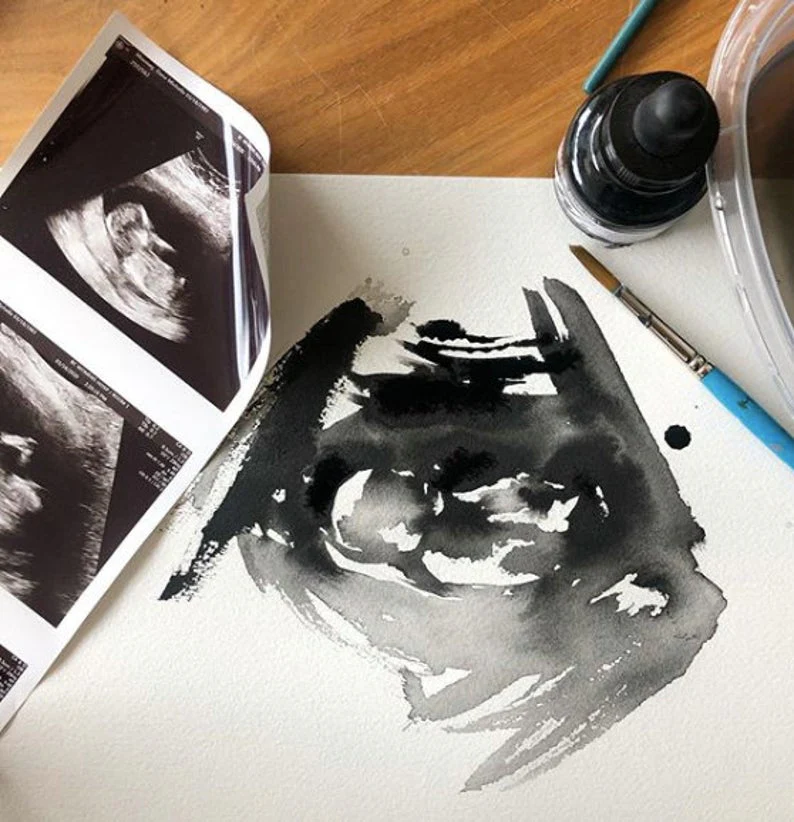How Ultrasound Paints Pictures With Sound: The Hidden Science Behind the Scan
When most people hear the word ultrasound, they instantly think of prenatal checkups or the grainy black-and-white images of a baby’s first “photo.” But beyond the sentimental value lies a powerful piece of medical technology that works in real-time, revealing what’s happening inside our bodies—all without a single incision. The magic behind it? Sound waves.
Let’s pull back the curtain and explore the science that allows doctors to see with sound.
What Exactly Is an Ultrasound?
Ultrasound refers to sound waves that are too high-pitched for the human ear to detect—above 20,000 hertz. While our ears can’t hear them, medical machines can use these waves to create detailed visuals of our internal organs, muscles, and even flowing blood.
In the world of medicine, ultrasound typically operates at frequencies ranging from 2 to 18 megahertz (MHz). Higher frequencies produce sharper images but don’t travel far into the body, while lower frequencies go deeper but lose some detail.
Turning Sound Into Sight: How It Works
The science may sound futuristic, but it’s rooted in simple principles of physics. The star of the show is a small device called a transducer, which sends and receives sound waves.
Here’s a simplified version of what happens during an ultrasound scan:
- Sending the Signal
The transducer emits rapid pulses of sound into the body. These waves travel through various tissues at different speeds depending on the density of what they encounter. - Echoes That Tell a Story
When sound waves hit something solid, like a bone or an organ, they bounce back. These returning echoes are captured by the transducer. - Data Becomes Visual
The machine processes these echoes to calculate distances and densities, translating them into moving images on the screen.
This entire process happens in real-time, creating a kind of “live feed” of the body’s internal activity—whether it’s a fetus kicking, blood moving through arteries, or a heart beating.
Why It’s a Go-To Tool in Medicine
Ultrasound is so widely used because it’s safe, efficient, and incredibly versatile. Here’s why healthcare providers rely on it:
- No radiation: Unlike X-rays or CT scans, ultrasound doesn’t use ionizing radiation, making it ideal for pregnant women and repeated use.
- Real-time imaging: It allows doctors to watch organs and blood flow in motion, which is essential for diagnosing many conditions.
- Portability: Modern ultrasound devices can be carried into remote areas or used at the bedside, expanding access to care.
Not Just for Pregnancies: Types of Ultrasound
Ultrasound technology comes in different forms, depending on the medical need:
- 2D Ultrasound: The standard black-and-white imaging used in most routine scans.
- 3D Ultrasound: Adds depth, offering a more lifelike view of tissues.
- 4D Ultrasound: Includes time, capturing motion for video-like imaging—popular in prenatal screenings.
- Doppler Ultrasound: Measures the direction and speed of blood flow, crucial in diagnosing circulatory issues.
- Elastography: Evaluates tissue stiffness, often used in detecting tumors or liver disease.
The Flip Side: Limitations to Consider
Despite its advantages, ultrasound does have its limits. It doesn’t work well in areas where air or bone blocks sound waves—like the lungs or brain. Also, the quality of the images can vary based on the technician’s skill and the equipment used. And while it provides excellent soft tissue visualization, it’s not as detailed as MRI or CT scans for certain conditions.
Looking Ahead: The Future of Ultrasound
Ultrasound technology is undergoing rapid advancement. Artificial intelligence is being integrated into machines to assist with interpretation, helping doctors catch abnormalities sooner. Miniaturized devices now allow scans to be performed via smartphones, opening new doors for telemedicine and rural healthcare.
There are also emerging uses, such as using focused ultrasound to treat pain, break up kidney stones, or even fight tumors—all without surgery.
